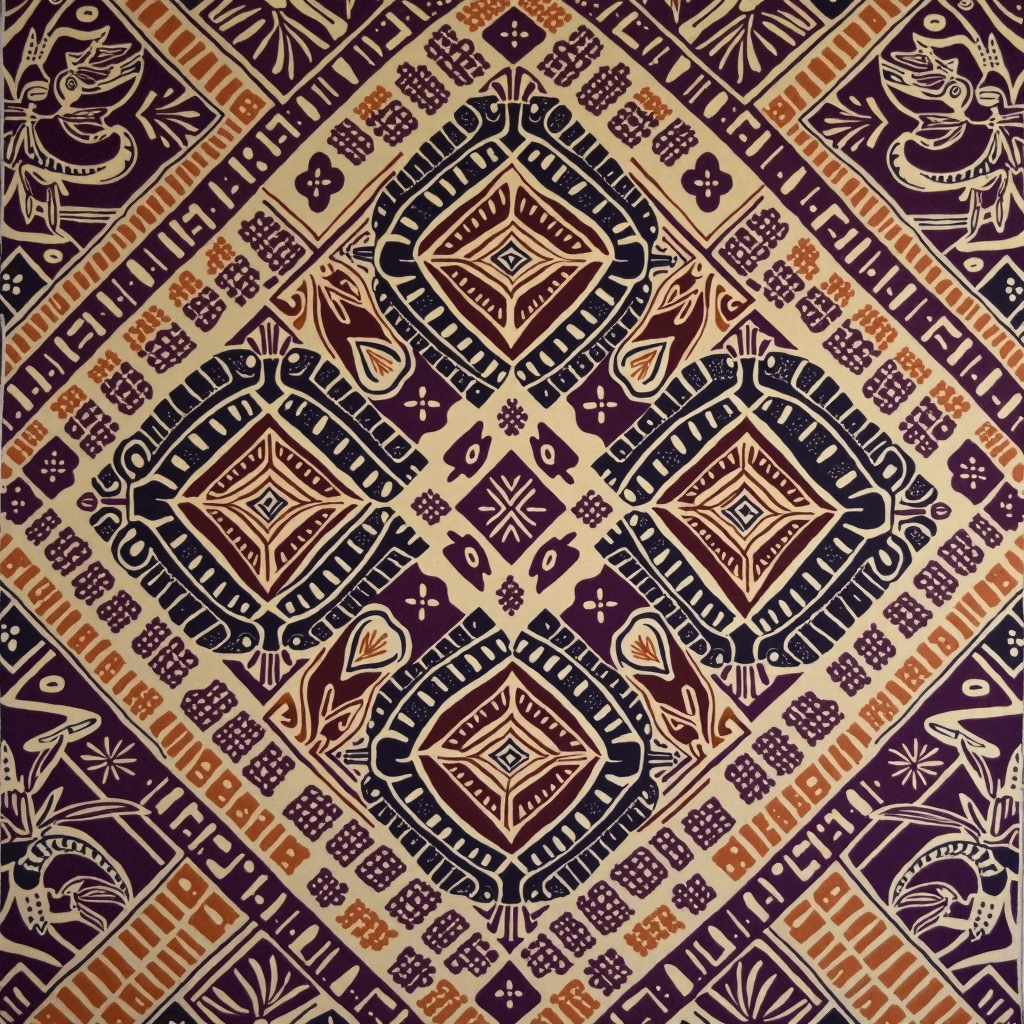
Hawaiian Kapa Cloth
Traditional Hawaiian art form using beaten bark cloth (kapa) with stamped geometric patterns, often dyed with natural pigments to create intricate designs.
Quick Navigation
External Resources
Overview
Origin
Hawaii, Polynesia
Historical Period
Pre-contact period to present
Cultural Significance
Kapa cloth was a sacred art form in Hawaiian culture, used for clothing, bedding, and ceremonial purposes, reflecting the connection to nature and community.

Historical Timeline
Pre-1778
Traditional kapa making throughout Polynesia
1778-1850
Peak of Hawaiian kapa production and design
1820-1850
Decline due to introduction of Western textiles
Techniques
Beating mulberry bark into thin cloth
Stamping with wooden tools and natural dyes
Geometric patterns inspired by nature
Layering colors for depth
Cultural Context
Kapa cloth was a sacred art form in Hawaiian culture, used for clothing, bedding, and ceremonial purposes, reflecting the connection to nature and community.
Did You Know?
Hawaiian kapa cloth was traditionally made by women, who used plant dyes and wooden stamps to create patterns that often held cultural significance.